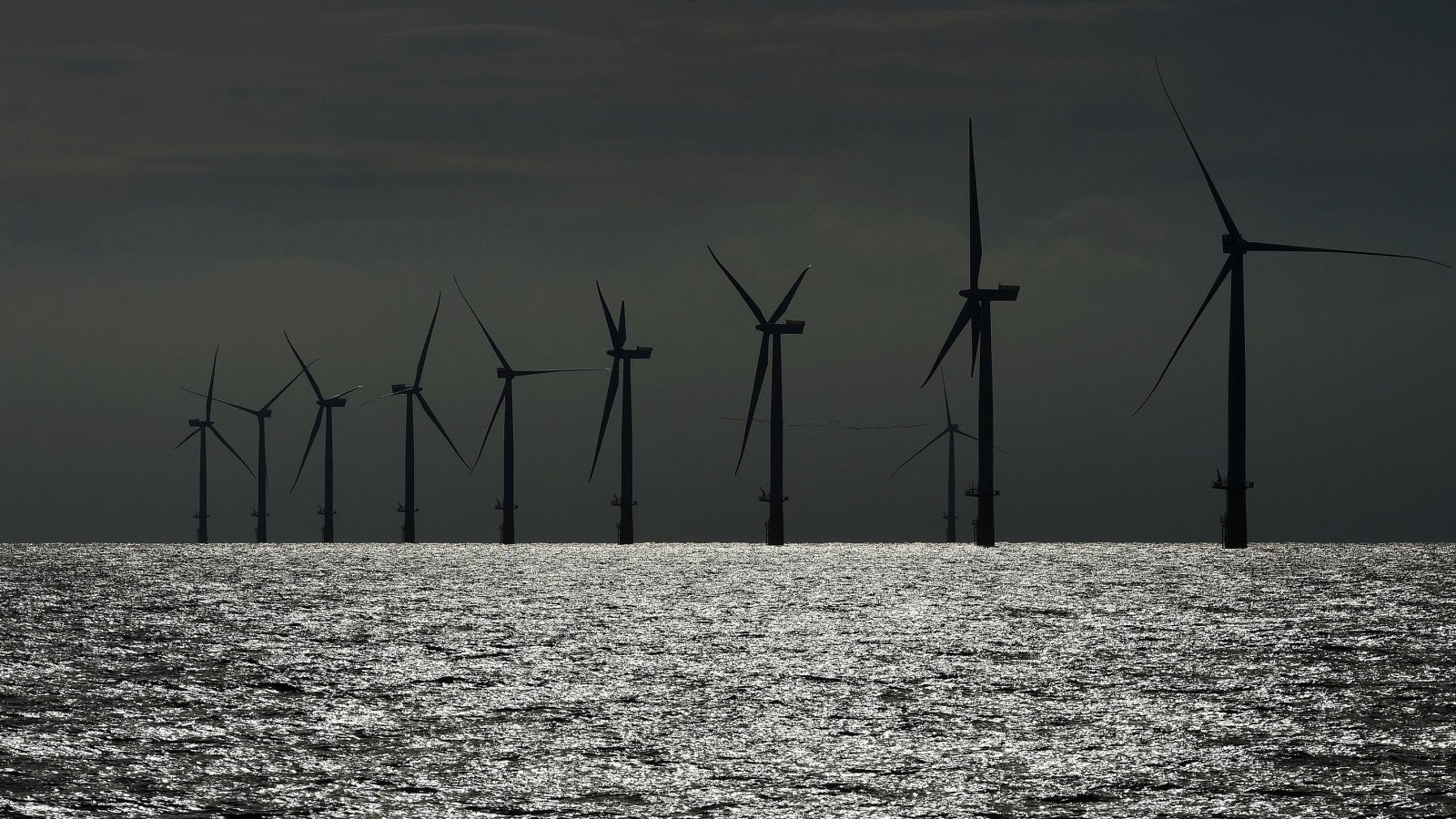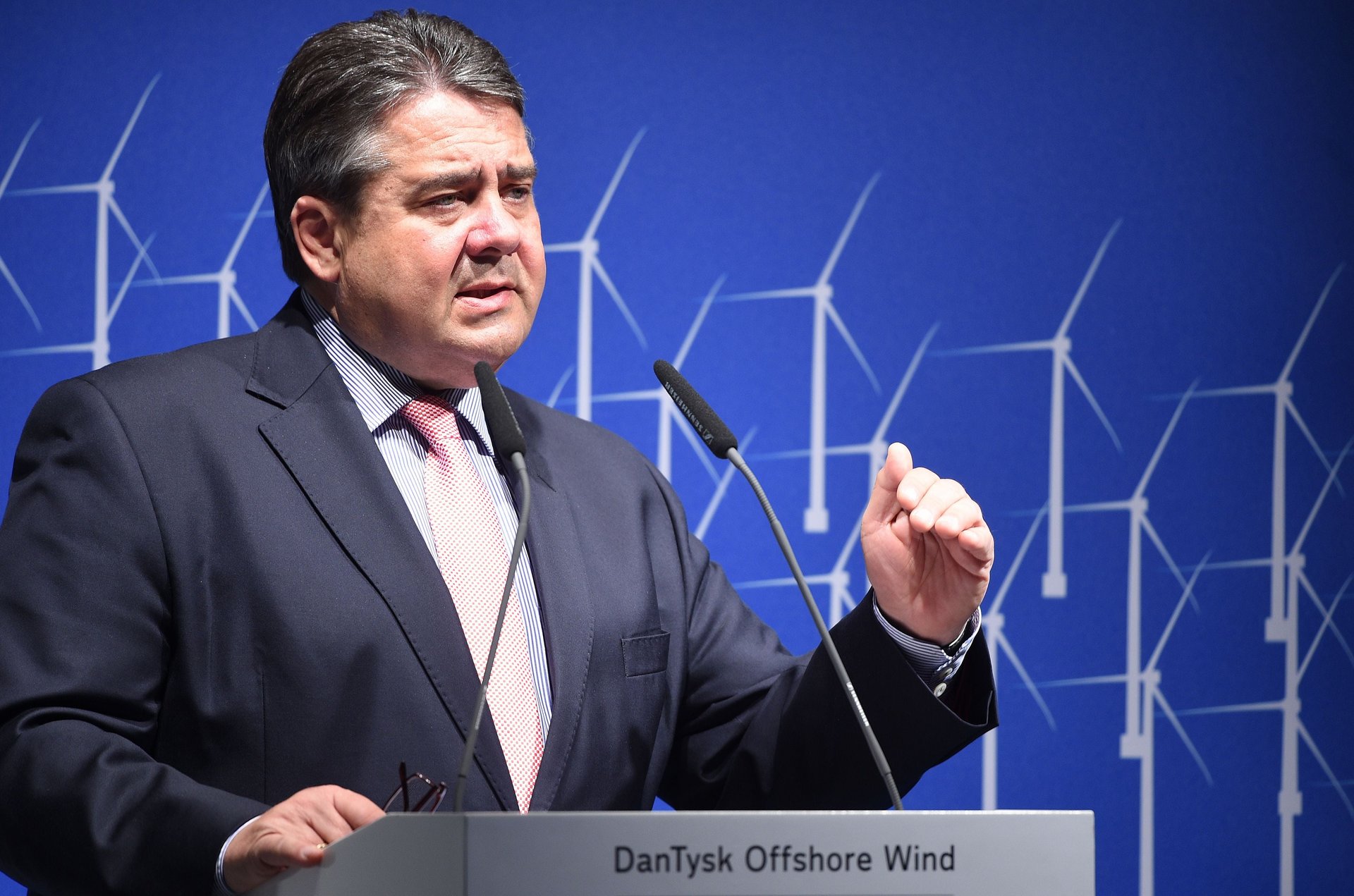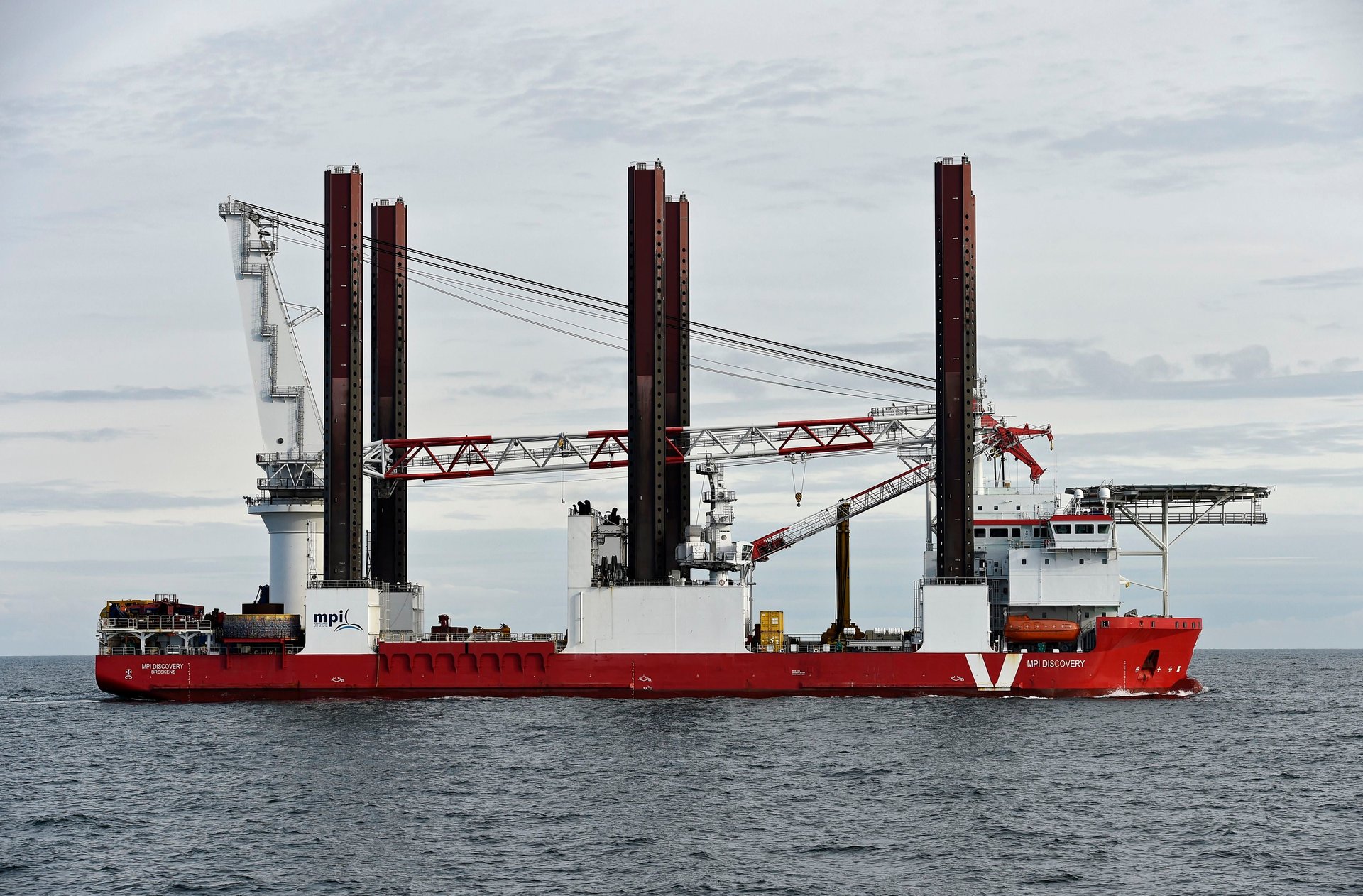Germany is replacing its nuclear reactors with massive offshore wind farms
Offshore wind power isn’t the easiest thing to build. The turbines themselves are large and complex, and need to keep working for decades in some of the harshest conditions on the planet. As well as the windmill, there’s a support structure needed for every turbine to keep it upright and spinning; then there are the connecters that take the power back to land, where it’s needed. A ballpark figure of around £1 million ($1.5 million) for each turbine isn’t an exaggeration.


Offshore wind power isn’t the easiest thing to build. The turbines themselves are large and complex, and need to keep working for decades in some of the harshest conditions on the planet. As well as the windmill, there’s a support structure needed for every turbine to keep it upright and spinning; then there are the connecters that take the power back to land, where it’s needed. A ballpark figure of around £1 million ($1.5 million) for each turbine isn’t an exaggeration.
Nevertheless, several countries are surging forward with a massive installations in the coming year, and first among them is Germany. In 2015, Germany will install over two gigawatts of offshore wind power, almost four times as much as the 529 megawatts installed the previous year, according to the research firm GlobalData. In hiking its installation so much, Germany will overtake the UK as the biggest installer of offshore wind globally, GlobalData points out—though the UK will still have much more capacity overall. (Denmark comes behind the UK in the pecking order by capacity, followed by Belgium and, for the moment at least, China.)

Germany’s need to find new sources of power is imperative. In 2011, following the Fukushima disaster in Japan, Germany took the decision to shut down all its nuclear reactors. Up until then, a quarter of its power came from nuclear. That has since fallen to about 17% and is likely to keep falling, with both the people and the government opposed to the technology, according to the World Nuclear Association: “Public opinion in Germany remains broadly opposed to nuclear power with virtually no support for building new nuclear plants,” the organization says.
At the same time, Germany has hugely ambitious green goals. Five years ago it set a goal to produce 18% of its energy from renewables by 2020 (latest figures show it having reached 12.4%). The country also wants to reduce greenhouse gas emissions by 40% by 2020, compared with 1990 levels, and by 80% by 2050. The transformation is knows as the Energiewende—literally “energy turn.”
In the short term, the closure of nuclear reactors hampered that goal. Germany found itself burning more coal than previously, in part because coal was cheap, but also because there was an imperative to keep the lights on in the transition phase. But it is building new sources of generation and, as the offshore figures show, building them fast: A whole raft of projects are coming online at the same time.

China is also planning an array of offshore projects this year, which will see it eventually overtake the UK for annual installations, according to GlobalData. Still, the UK’s position as top offshore power producer is likely safe for the moment: It already had over 4 gigawatts of capacity at the end of 2014, compared with Germany’s 1.3 gigawatts, according to the Global Wind Energy Council.
And it, too, is still building. “Germany might install this year more capacity, but it is a long way off from having more capacity in total,” said Nick Medic, director of offshore renewables for Renewable UK, an industry association.